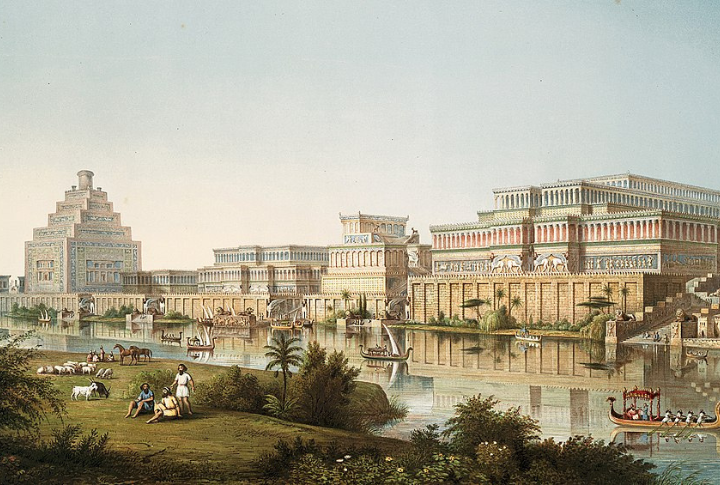
Throughout history, powerful civilizations have risen to great heights only to disappear without a trace. These lost societies shaped the world in numerous ways and left behind remnants that continue to spark curiosity and wonder. So, let’s explore 20 of the most powerful civilizations that vanished with time.
The Maya Civilization
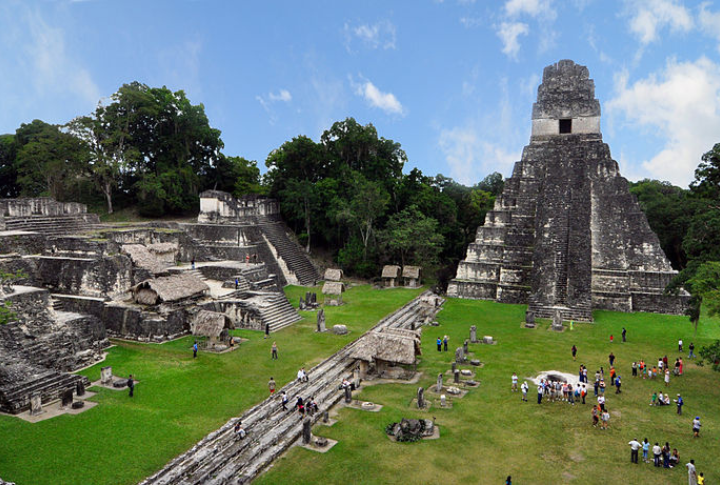
The Maya thrived in Central America for over two millennia. Known for their intricate writing, mathematical systems, and advanced astronomy, their cities collapsed mysteriously around 900 AD. What caused their decline? Droughts, warfare, and resource depletion likely played key roles.
The Ancient Egyptians
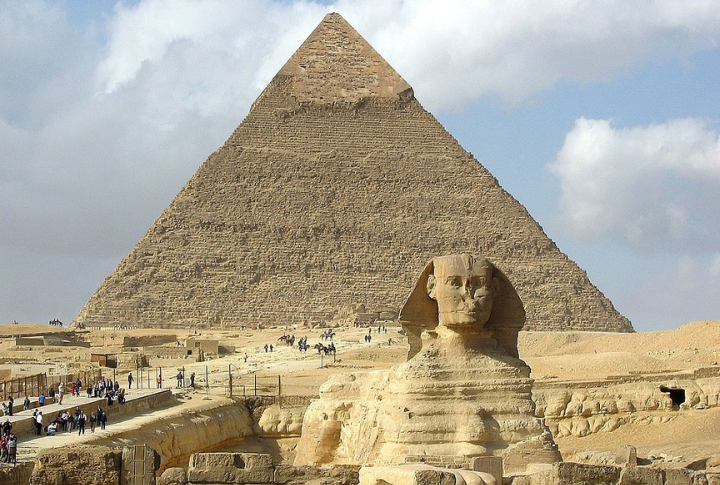
The ancient Egyptians’ cultural legacy endures through monuments like the pyramids, but much of their empire’s knowledge and daily life faded over centuries. As invaders conquered and dynasties fell, Egypt’s once-mighty civilization gradually crumbled. What remains is the tantalizing question of what was lost.
The Indus Valley Civilization
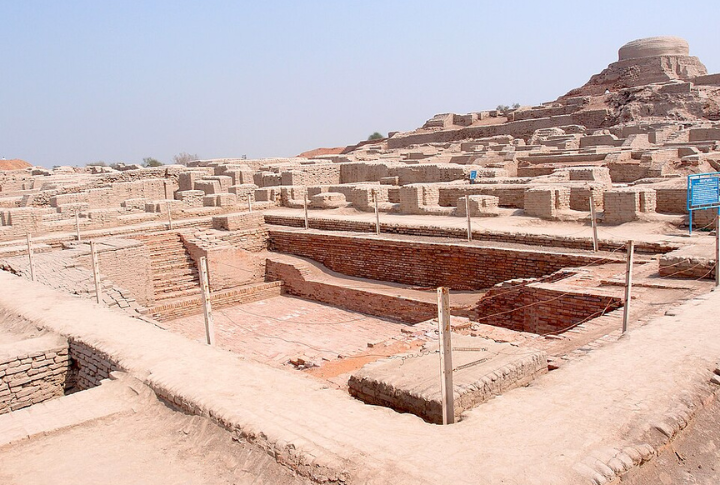
Flourishing between 3300 and 1300 BCE, the Indus Valley Civilization built advanced cities with sophisticated sewage systems and extensive trade routes. Yet, by 1900 BCE, its urban centers vanished. Archaeologists continue to find clues to this enduring mystery.
The Aztec Empire

The Aztecs built an empire known for its grand temples and fierce warriors centered around the city of Tenochtitlan. But in 1521, a handful of conquistadors toppled this mighty civilization with superior weapons and the aid of local enemies. The Aztecs’ rich traditions and myths, however, live on in Mexico today.
The Inca Empire
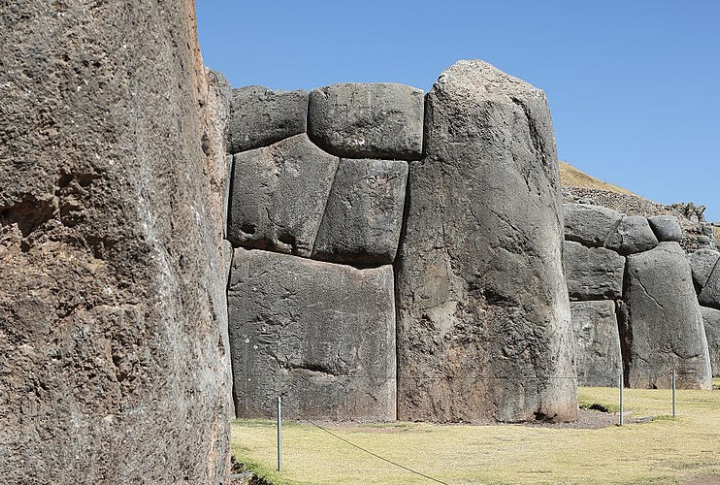
The Inca Empire, at its peak, spanned much of South America, featuring impressive stonework and agricultural systems. By 1533, Spanish invaders had dismantled this empire, but their cities, like Machu Picchu, remain a symbol of Inca ingenuity.
The Roman Empire
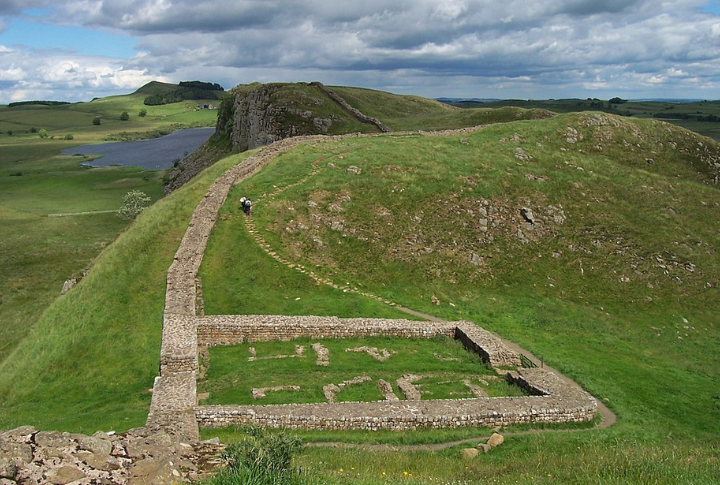
At its zenith, the Roman Empire controlled vast regions of Europe, the Middle East, and also North Africa. Still, internal strife and external invasions led to its gradual downfall. Later, the Western Roman Empire collapsed, leaving behind monuments.
The Olmec Civilization
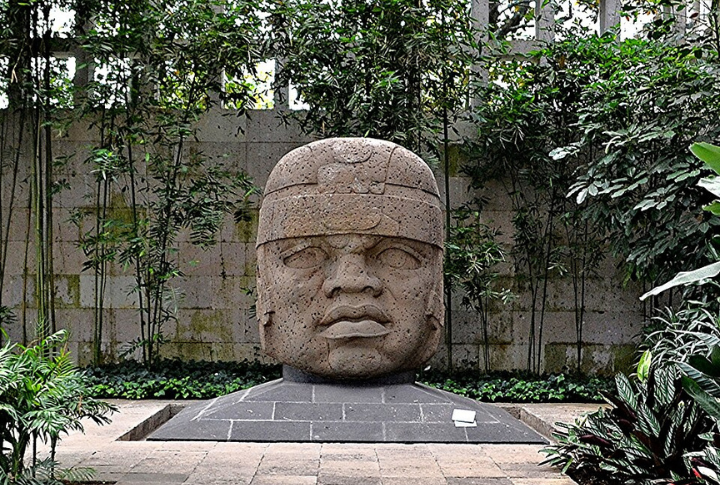
This one on the list, often regarded as Mesoamerica’s “mother culture,” created the first major civilization in the Americas. From 1200 to 400 BCE, they built colossal stone heads and a complex society. Despite their influence, much of their culture disappeared.
The Khmer Empire
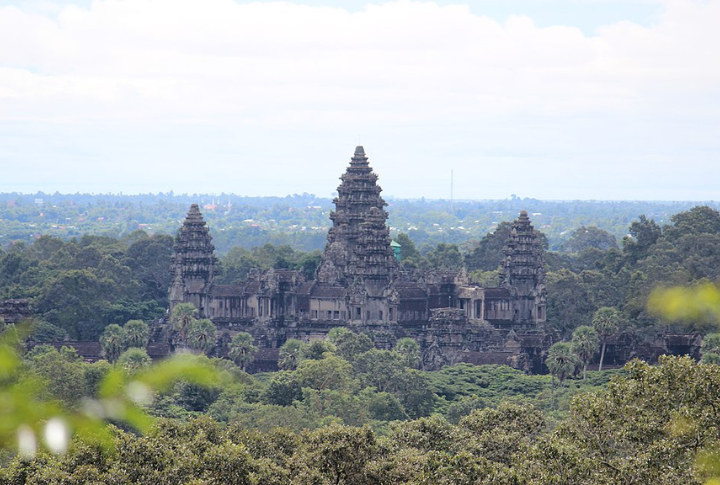
Famed for Angkor Wat, the Khmer Empire was a powerful Southeast Asian kingdom that reached its peak in the 12th century. However, by the 15th century, their once-thriving capital city fell into ruin. Was it over-exploitation of the land or the rise of neighboring powers?
The Sumerian Civilization
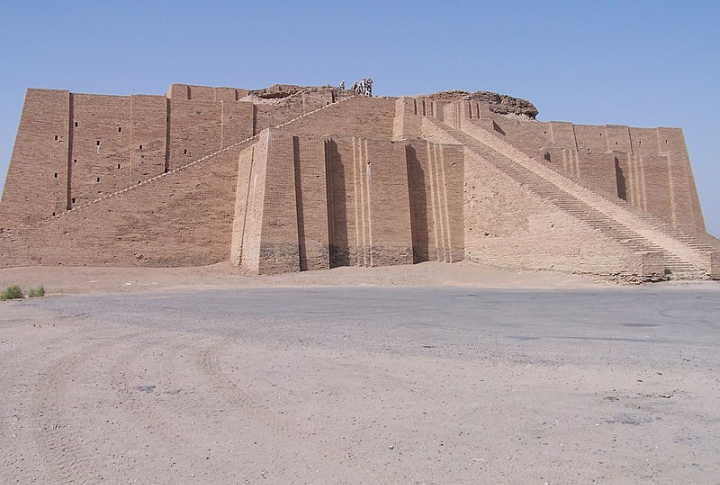
The Sumerians were among the first to create a civilization based on agriculture, trade, and writing. Around 3000 BCE, they invented cuneiform script and left behind some of the oldest texts. Their city-states, like Ur and Sumer, slowly dissolved into other rising empires.
The Minoan Civilization
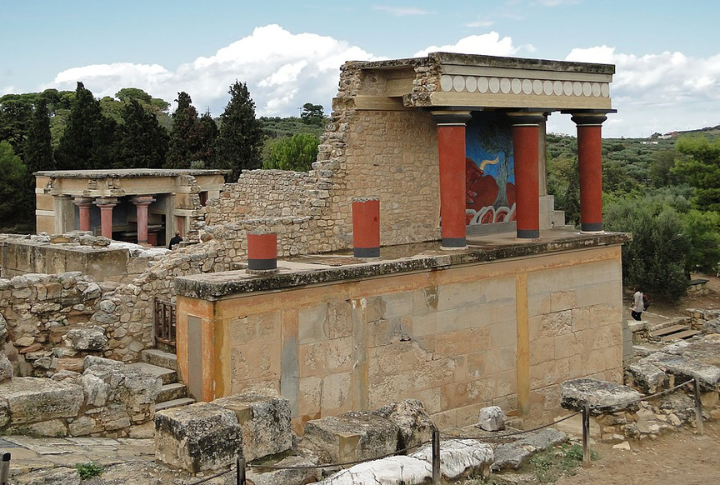
At the peak of their power, the Minoans thrived on the island of Crete with stunning palaces, such as Knossos. They were advanced in art and trade, but around 1450 BCE, they mysteriously disappeared. Some historians believe a volcanic eruption on Thera could have been the catalyst for their fall.
The Hittite Empire
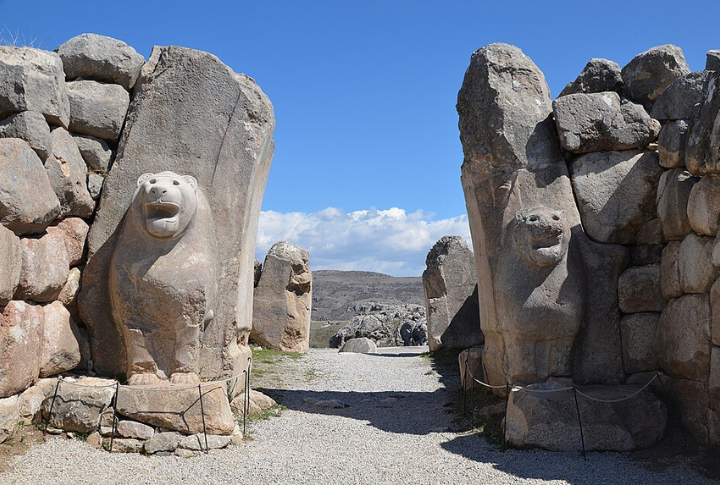
Once ruling over a massive swath of Anatolia, the Hittites were famous for their military might and mastery of ironworking. Their empire, which peaked around 1500 BCE, faded by the 12th century BCE, possibly due to the sudden invasion of the mysterious Sea Peoples.
The Nabateans
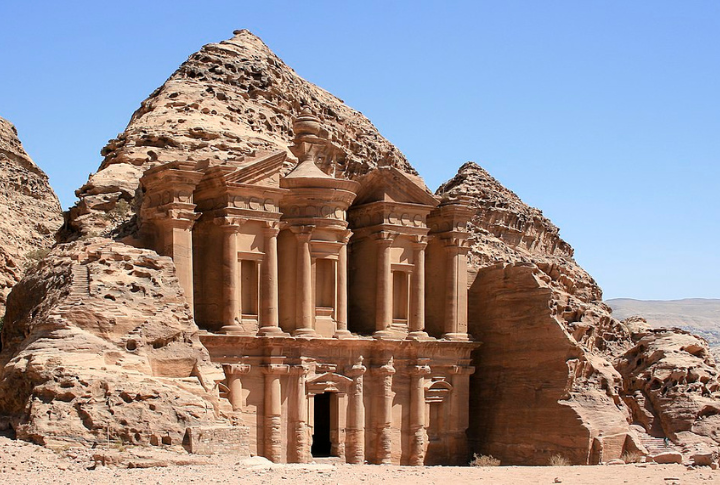
The Nabateans were masters of trade and engineering, creating the city of Petra in modern-day Jordan. Flourishing between the 4th century BCE and 2nd century CE, their empire mysteriously faded, possibly due to changing trade routes and growing Roman influence.
The Carthaginian Empire
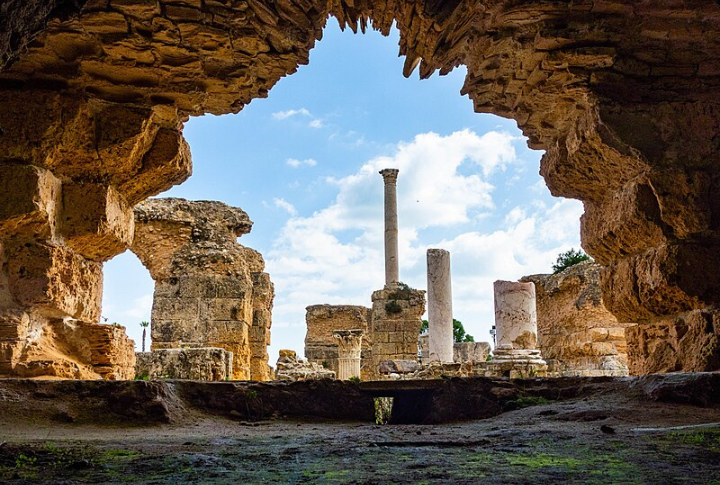
Carthage, a powerful Phoenician city-state, controlled trade routes across the Mediterranean. The Punic Wars saw it clash with Rome, culminating in its destruction in 146 BCE. Though defeated, Carthage’s influence on trade and military strategy had long-lasting effects on Mediterranean civilizations.
The Etruscan Civilization
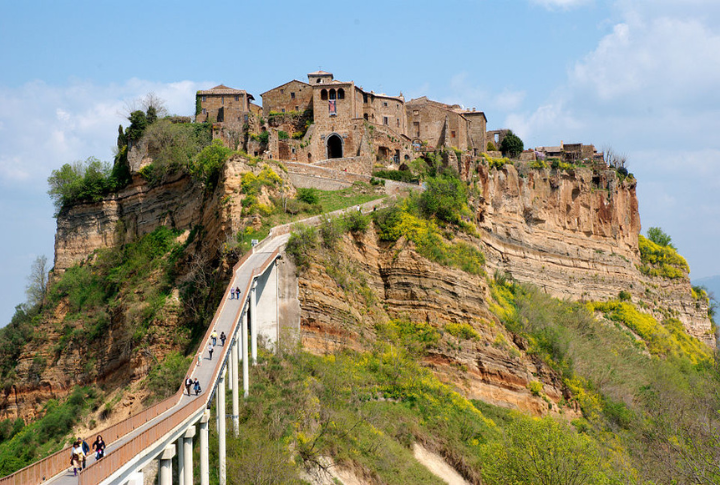
Before Rome’s dominance, the Etruscans flourished in Italy, influencing early Roman culture, especially in religion and urban planning. Their cities, adorned with elaborate tombs and art, were gradually absorbed by Roman expansion between 500 and 200 BCE, with internal strife also contributing to their decline.
The Assyrian Empire
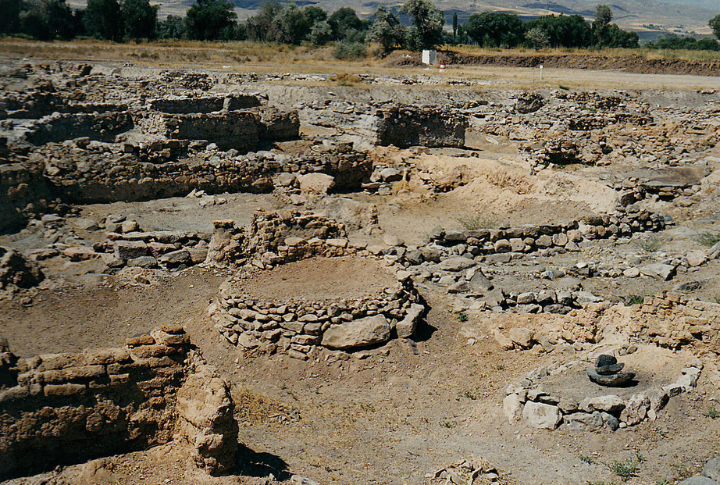
The Assyrians were known for their ruthless military tactics and extensive empire stretching from Mesopotamia to Egypt. Although Assyria was an unmatched force, the empire fell to a clash of Babylonians and Medes.
The Great Zimbabwe Civilization
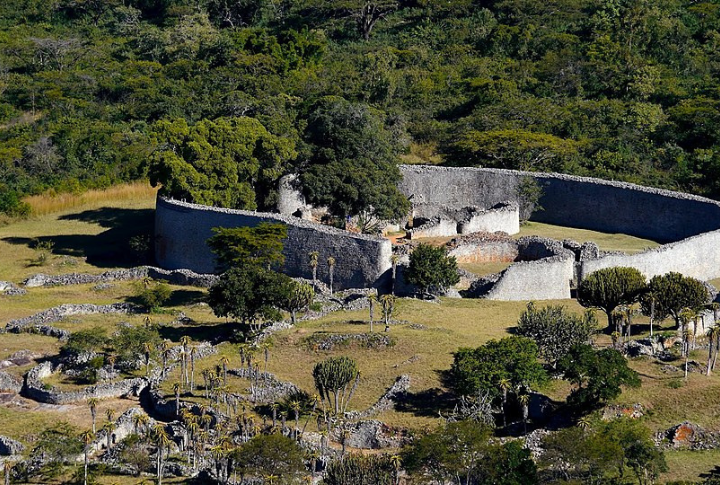
Flourishing between the 11th and 15th centuries, the Kingdom of Zimbabwe built the Great Zimbabwe ruins, famous for their towering stone walls. Trade in gold and ivory made them a powerful force, but environmental factors and the shift in regional power led to their decline.
The Aksumite Empire

This one is located in modern-day Ethiopia and was one of the first civilizations to adopt Christianity. Its trade empire connected Africa, the Middle East, and India. Over time, they began to crumble, possibly due to Islamic expansion and environmental changes.
The Moche Civilization
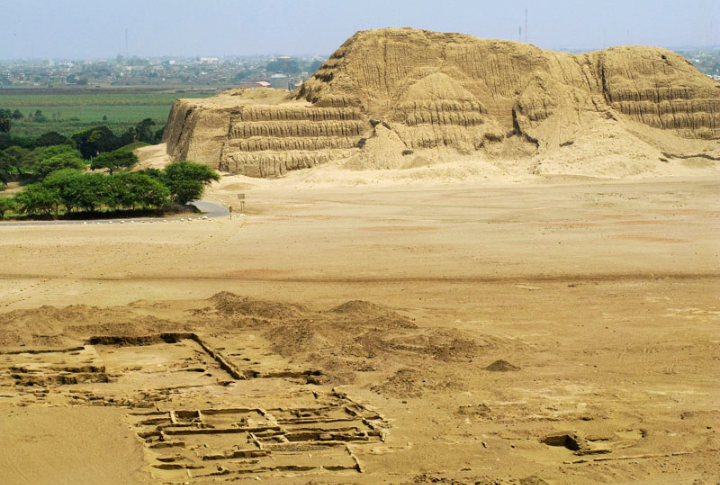
The Moche civilization, thriving along the northern coast of Peru from 100 to 700 CE, is known for its remarkable pottery and irrigation systems. They mysteriously disappeared, likely due to a combination of climate change, warfare, and social upheaval.
The Ancestral Puebloans
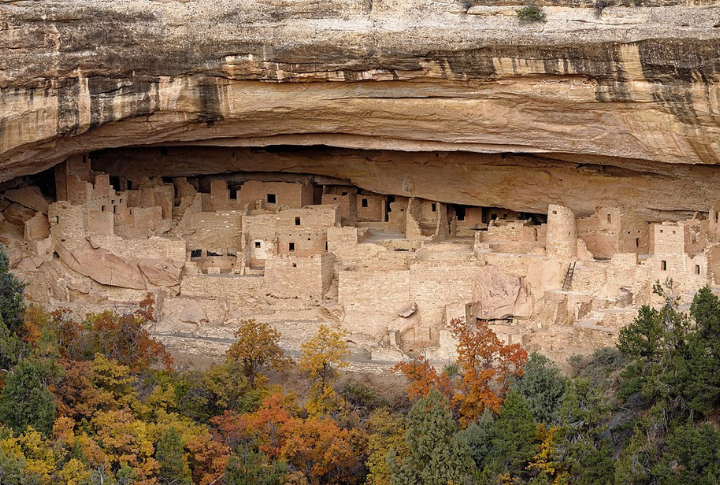
Known for their cliff dwellings and advanced farming techniques, the Ancestral Puebloans inhabited the American Southwest. Their society was organized with communal living and intricate trade networks extending across the region.
The Seljuk Empire
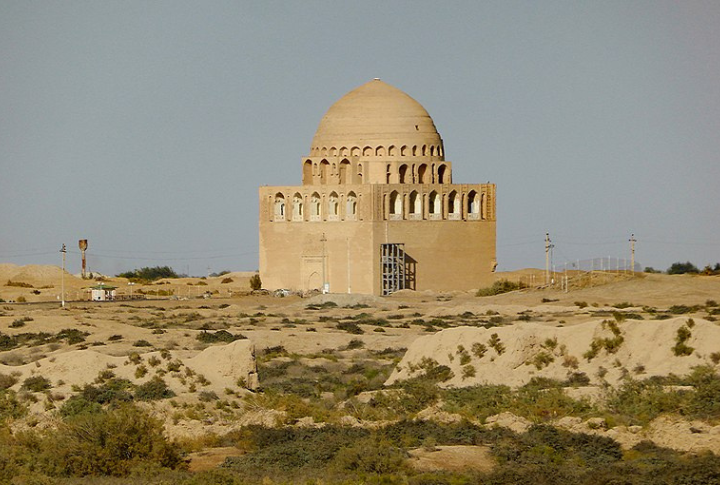
The Seljuks were a Turkish empire that spanned much of the Middle East in the 11th and 12th centuries. Despite their military conquests and cultural contributions, they declined in the 13th century due to internal conflicts and Mongol invasions, paving the way for later powers like the Ottoman Empire.

